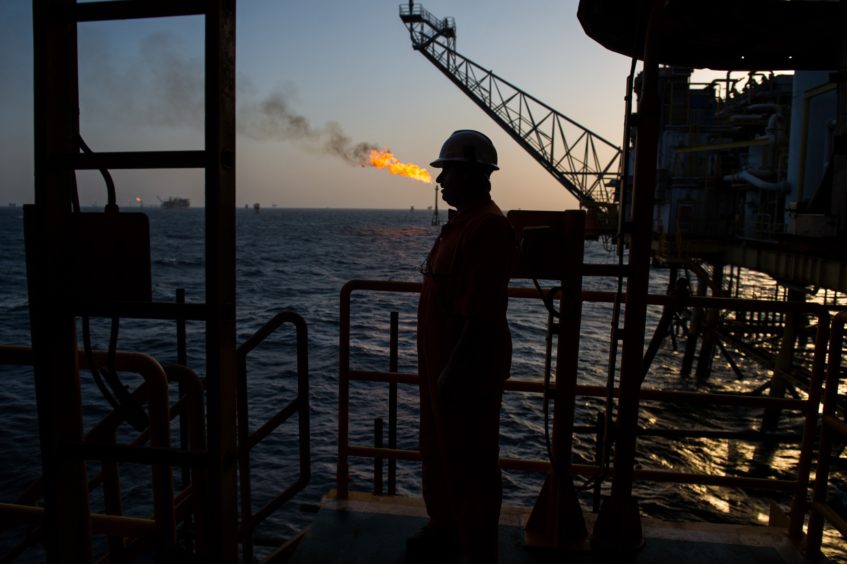
Oil is set for its biggest weekly loss in nearly two months as the International Energy Agency warned of a looming supply glut, while OPEC and its allies urged members to maintain, rather than deepen, output cuts.
Futures edged lower in New York and were down 2.7% for the week. OPEC+ faces a significant challenge in managing the market in 2020 as production surges from their competitors, according to the IEA. While the Organization of Petroleum Exporting Countries didn’t discuss deepening curbs in Abu Dhabi Thursday, it did put pressure on members to implement promised cuts.
Oil started its slide this week after President Donald Trump was said to discuss moderating sanctions on Iran, with RBC Capital Markets estimating an easing of the standoff could bring back around 700,000 barrels a day of crude. Saudi Arabia’s newly appointed Energy Minister Prince Abdulaziz bin Salman said on Thursday that talks of deeper output cuts is possible at OPEC’s next ministerial in December, while also downplaying concerns about 2020 demand forecasts.
“The outlook for demand and supply isn’t rosy,” said Miyoko Nakashima, a senior strategist at Mizuho Securities Co. in Tokyo. Oil is expected to struggle to find a direction for the time being and prices could go below $50, she said.
West Texas Intermediate crude for October delivery lost 12 cents, or 0.2%, to $54.97 a barrel on the New York Mercantile Exchange as of 11:12 a.m. in Singapore. The contract fell 66 cents to to $55.09 on Thursday.
Brent for November settlement dropped 17 cents, or 0.3%, to $60.21 a barrel on the ICE Futures Europe Exchange. The contract is down 2.1% this week. The global benchmark traded at a $5.29 premium to WTI for the same month.
OPEC+ faces a “daunting” challenge as output growth in countries from Brazil to Norway means 2020 could see a significant increase in stockpiles and pressure on prices, the IEA said in its monthly report on Thursday. Demand for the group’s crude in the first half of next year will be 1.4 million barrels a day below its August production, the IEA said.
Iraq and Nigeria, which have increased production since last year’s supply pact, pledged to reduce daily output from current levels by 175,000 and 56,000 barrels, respectively, by the end of October. Still, neither of those reductions would bring them back into alignment with their output targets, OPEC data show. Russia also promised to get back in line.
Recommended for you
